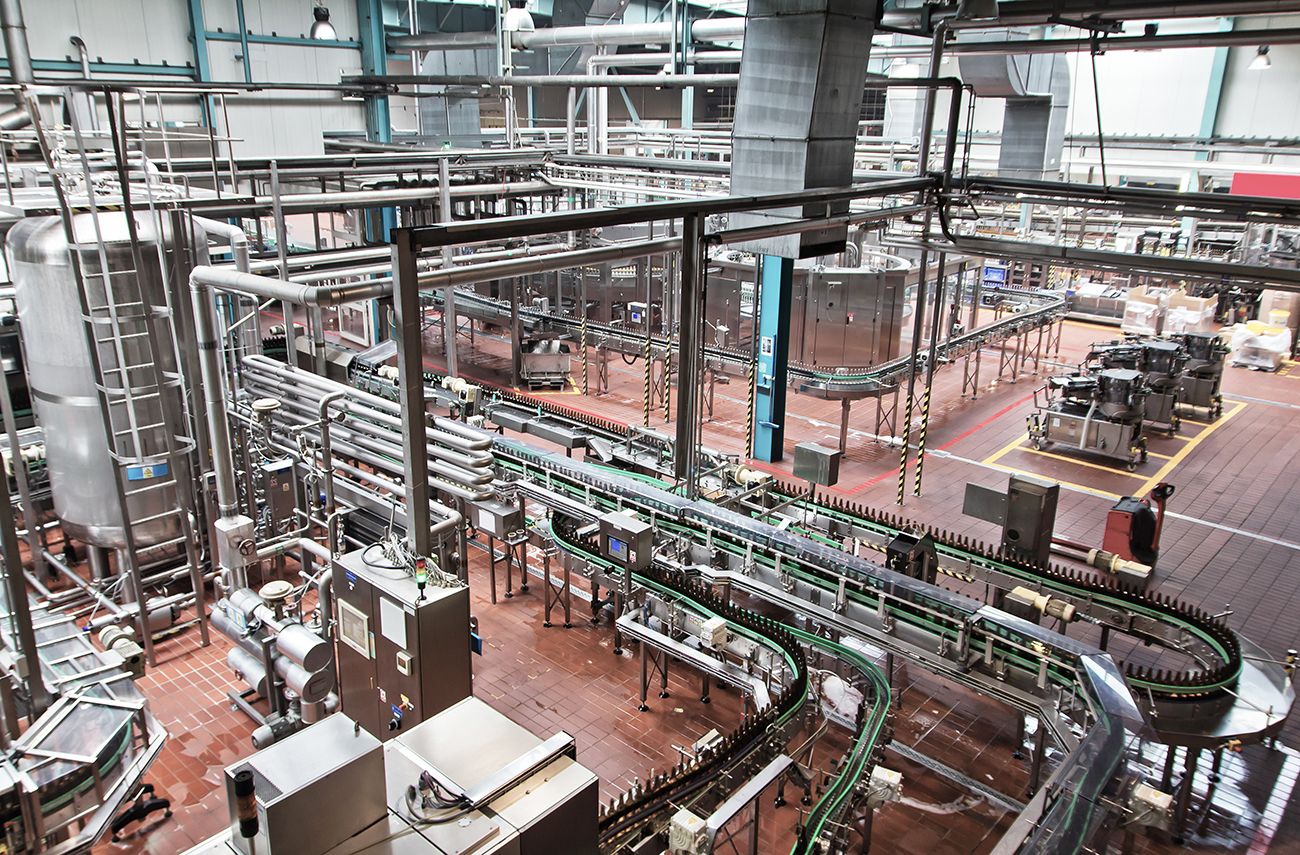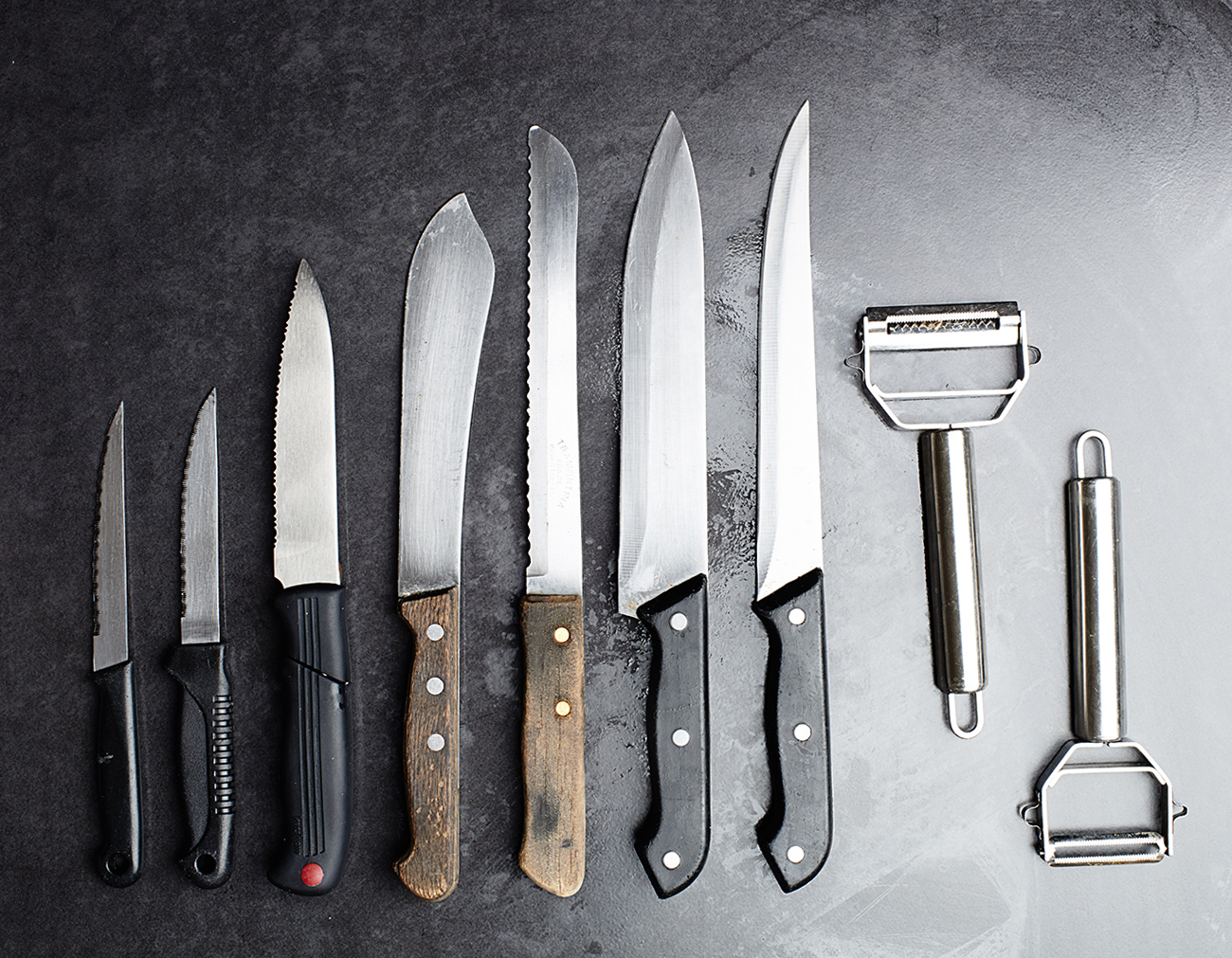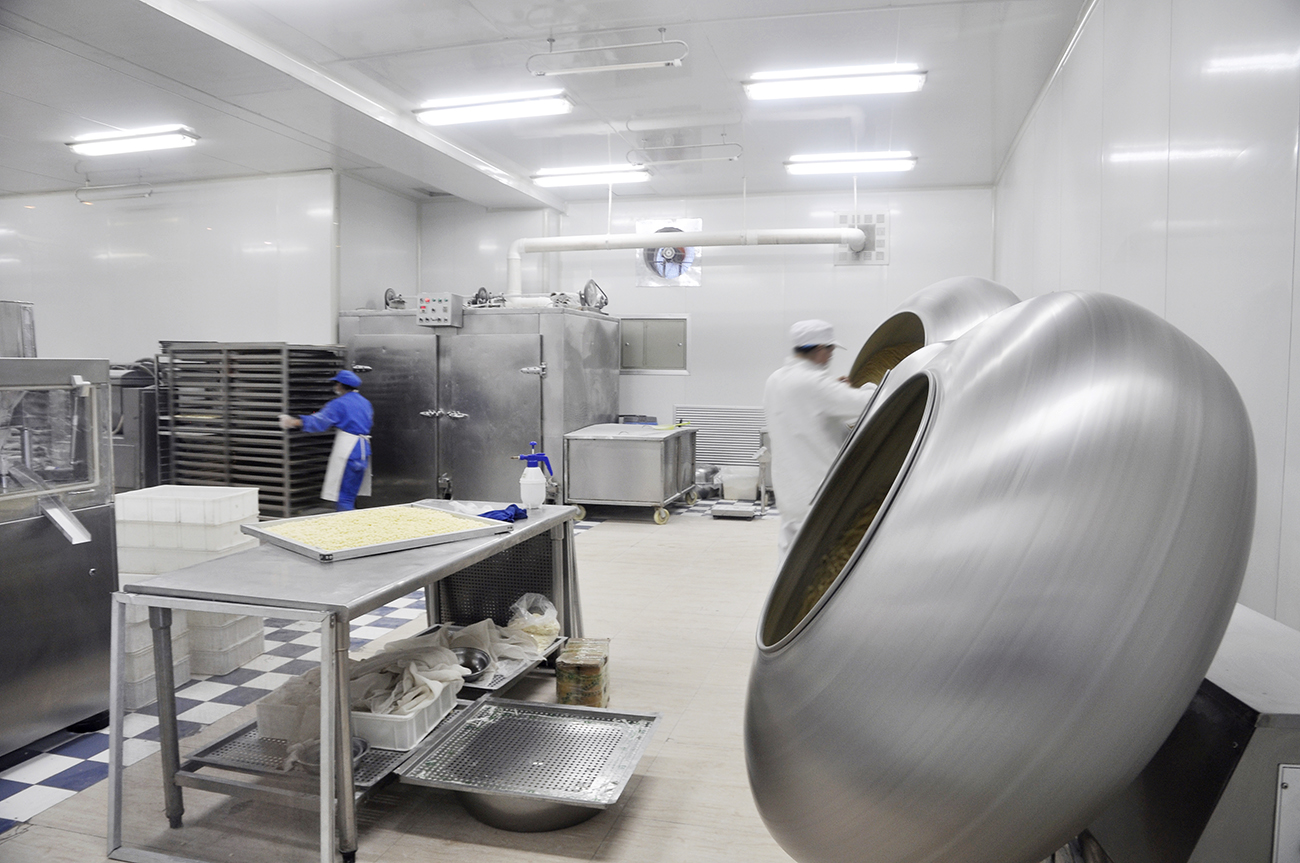Due to the durability and hygienic qualities of stainless steel, it has been an incredibly useful material for the food and beverage industry.
It is also incredibly versatile. By varying the mix of iron, chromium and nickel, as well as molybdenum, copper, sulfur, titanium, niobium and more, manufacturers are able to create more than 200 kinds of stainless steel.
These steels can be divided into roughly four major types — austenite, ferrite, martensite, and duplex — each with different advantages that can be very useful for different aspects of the food industry. Because many foods contain chloride and have a pH balance of 3-5, many of them can be corrosive, so the steel they come into contact with needs to be corrosive-resistant.
Read on to explore more about how the wide range of stainless steels are used throughout the food industry.
Austenitic steel

Austenitic steels are nonmagnetic, with a high amount of both chromium and nickel, most commonly 18 percent and 8 percent respectively. This is the most common type of stainless steel, accounting for between 70 and 80 percent of all stainless steel production.
With good high-temperature and low-temperature stability, as well as having good corrosion resistance, weldability and figuration, austenitic stainless steels are good for a wide range of activities, and are particularly common in food processing. Thermoses are also commonly made with austenitic stainless steel.
Ferritic steel
Steels that are magnetic, with 0.12 percent carbon or less, are called ferritic. These are harder steels, but are more difficult to fabricate and weld. Most commonly they are used for highly oxidizing environments, like those with nitric acids and organic and food acids. Ferritic steels are also often used in brewing because of their resistance to corrosion cracking.
Martensitic steel

Martensitic stainless steels are similar to ferritic, but have much higher levels of carbon – as much as 1 percent. With just 13 percent chromium, they are also less expensive, but they are very hard and strong, making them really resistant to wear but less resistant to corrosion. Kitchen knives are often made from martensitic steel because they are very good at retaining their sharpness.
Duplex steel

By combining austenitic and ferritic steels, duplex steels are stronger than either and more resistant to corrosion (but also more expensive). Duplex stainless steels are also used in brewing, brining and tasks involving fermentation, which can be quite corrosive, as well as mustard- and vinegar-making, cheese dairies and fish-canning.
Due to their nature and the need for good hygiene, foods can place many strains upon the materials that contain and use them. Some are hard and abrasive, others corrosive. Some foods need high temperatures and others need to be kept cool. Fortunately, stainless steel comes in a wide range of types, so it is able to handle whatever needs the food industry may have.
